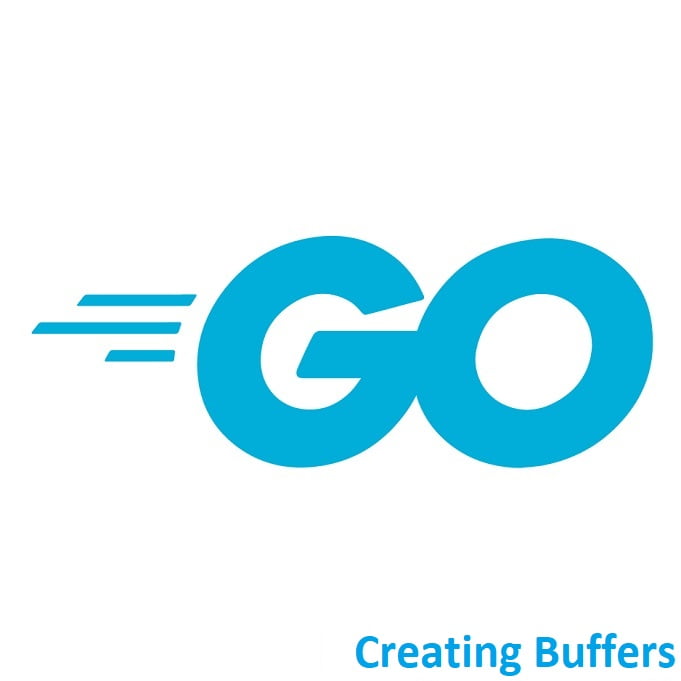
Utilizing Structs and Methods for Efficient Programming!
Welcome to the world of Golang! In Go, classes are not implemented in the same way as in some other object-oriented programming languages like Java or Python. Instead of classes, Go uses structs and methods to achieve similar functionality. Structs and methods form the foundation for encapsulating data and behavior, offering a flexible approach to structured programming. Understanding how to leverage structs with associated methods is crucial for efficient and organized code in Go programming. This comprehensive guide explores the concepts of structs and methods, demonstrating their usage and advantages in Go.
Let’s break down how classes and methods are implemented in Go:
Structs
Go uses structs to define data structures. Structs can contain fields (variables) to hold data. These structs can be thought of as a way to define the data aspect of a “class.”
Here’s an example of a simple struct definition:
type Person struct {
FirstName string
LastName string
Age int
}
Methods
Methods in Go are functions that are associated with a specific type (including structs). You can define methods on structs or other custom types to give them behavior, similar to how you would define methods on classes in other languages.
Here’s an example of a method associated with the Person struct:
func (p *Person) FullName() string {
return p.FirstName + " " + p.LastName
}
In the above example, FullName() is a method that takes a pointer to a Person struct as its receiver and returns a concatenated full name.
Creating Instances
To create instances of a struct in Go, you can use a composite literal:
person := Person{
FirstName: "John",
LastName: "Doe",
Age: 30,
}
Calling Methods
To call a method on an instance of a struct, you simply use the dot notation:
fullName := person.FullName()
This will call the FullName() method on the person instance and store the result in the fullName variable.
Golang Code
Here’s a complete example that demonstrates the usage of structs and methods in Go:
package main
import "fmt"
type Person struct {
FirstName string
LastName string
Age int
}
func (p *Person) FullName() string {
return p.FirstName + " " + p.LastName
}
func main() {
person := Person{
FirstName: "John",
LastName: "Doe",
Age: 30,
}
fullName := person.FullName()
fmt.Println("Full Name:", fullName)
}
This example defines a Person struct with a FullName() method and creates an instance of the struct, calling the method to display the full name.
Conclusion
Structs and methods in Go provide a powerful way to structure data and behaviors, enabling organized, maintainable, and scalable code. Proficiency in using structs with associated methods equips Go developers with the tools to create structured and efficient applications.
That’s All Folks!
You can find all of our Golang guides here: A Comprehensive Guide to Golang





